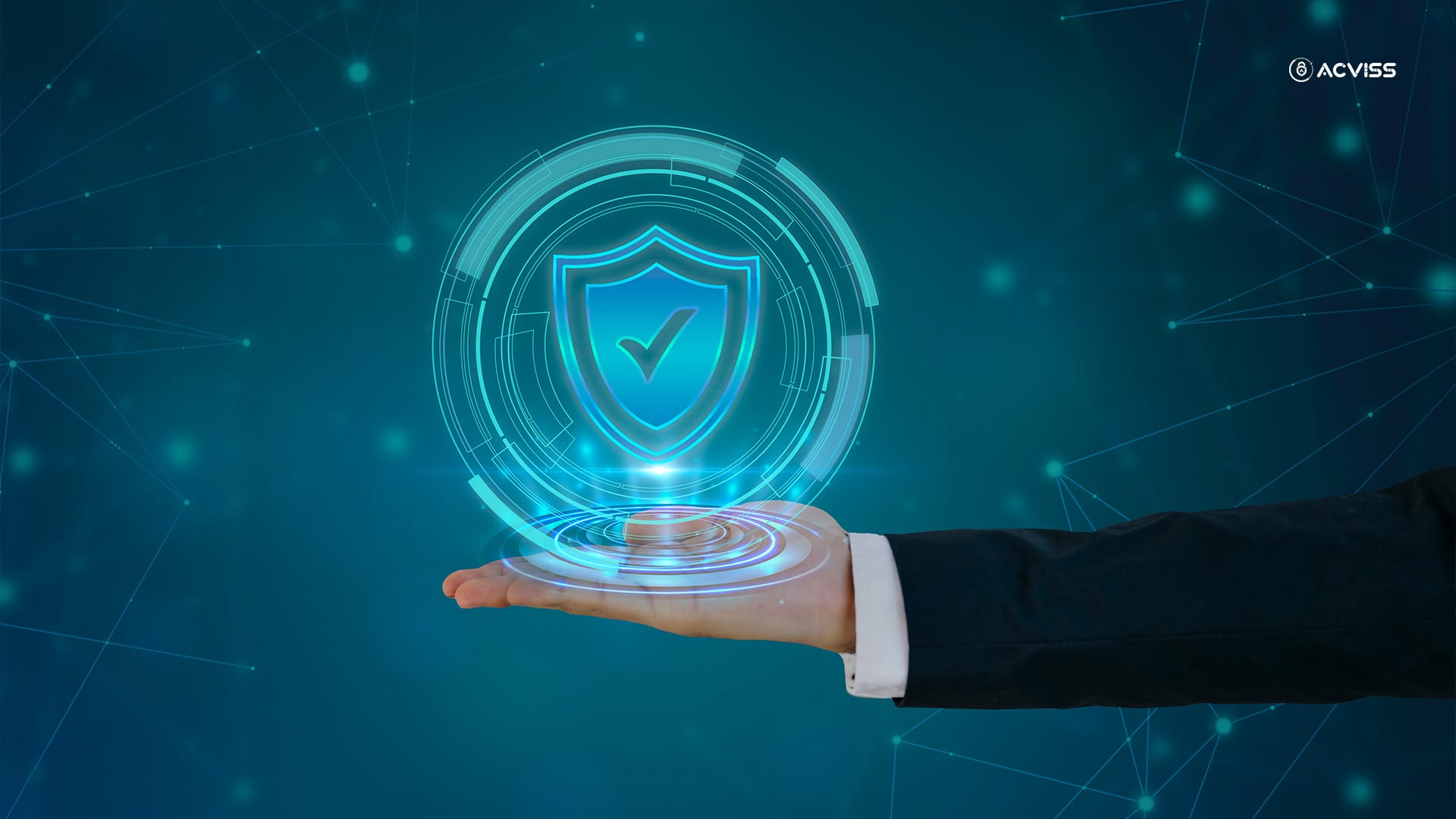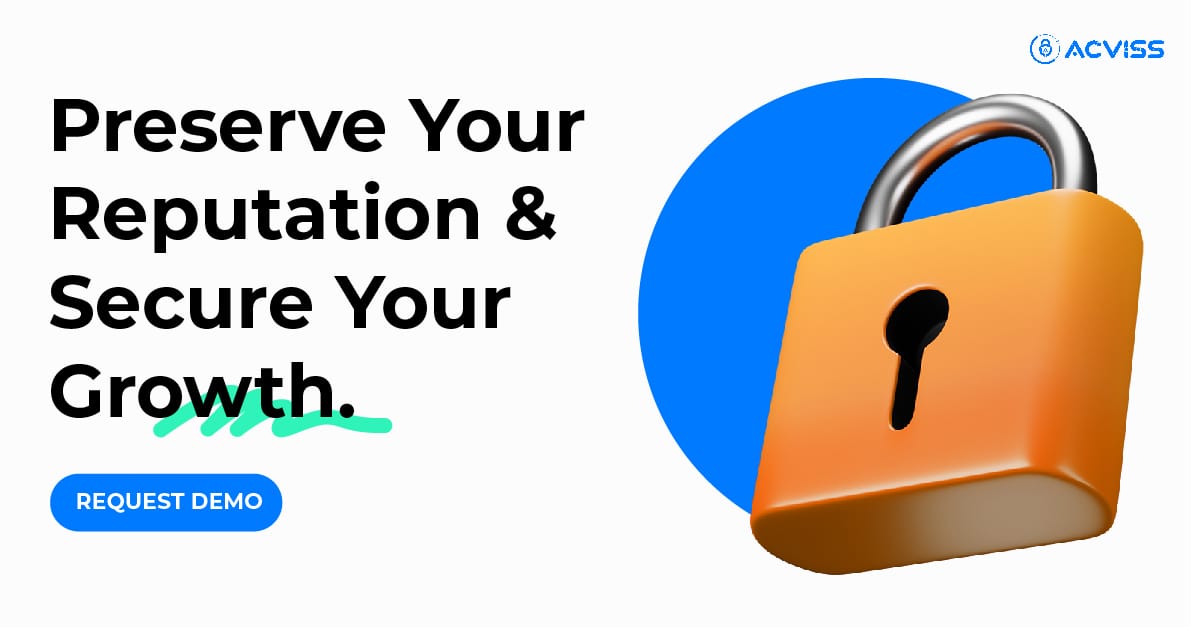How to Run a Consumer Awareness Campaign Against Fakes

Protecting your brand by educating your most powerful ally, your customer
Counterfeiting is no longer just a legal or supply chain issue; it’s a crisis of trust. Across industries, from pharmaceuticals and electronics to cosmetics and fast-moving consumer goods, fake products are eroding customer confidence, jeopardising health, and undermining the very foundations of brand reputation.
For businesses, this isn’t just about lost revenue. It’s about losing the story you’ve built, the trust you’ve earned, and the legacy you’ve worked to preserve.
So, how do you fight back?
There’s no single solution to this sprawling problem. But one of the most effective weapons in the brand protection arsenal is a well-executed consumer awareness campaign. When your end consumer becomes a part of your brand's defence mechanism, you’re no longer fighting alone.
Let’s break down what it takes to plan, execute, and sustain an impactful awareness campaign against fakes, and why it might be the smartest investment your brand can make today.
Why Consumer Awareness Matters in the Fight Against Fakes
Counterfeiters thrive in ignorance. They count on customers not knowing what to look for or where to verify a product’s authenticity. They exploit confusion, mimic packaging, and manipulate online marketplaces to insert their fake products directly into your customer’s path.
Educated consumers, on the other hand, are more likely to:
- Spot fake listings or lookalike products
- Report suspicious products or sellers
- Choose verified brands over cheap imitations
- Advocate for your brand through informed word-of-mouth
An effective consumer awareness campaign flips the balance of power. It arms your audience with information, making them active participants in the brand verification process.
Step-by-Step: Building a Campaign That Works

Running a successful awareness campaign isn’t just about shouting louder than the counterfeiters. It’s about speaking directly to your consumers—in a language they understand, in channels they frequent, and with tools they can act upon.
Let’s walk through the key stages.
1. Understand the Threat Landscape
Before telling your customers what to watch out for, make sure you understand the scope and shape of the problem.
- Where are the fakes entering your supply chain?
- Are they more prevalent online or offline?
- Which products are most targeted?
- What tactics do counterfeiters use, fake websites, repackaged goods, or deceptive marketplaces?
This data can come from internal teams, retail partners, customer complaints, or anti-counterfeiting solutions that monitor digital platforms. Technologies like machine-learning detection and domain surveillance are especially useful here.
Once you know the battlefield, you can tailor your messaging.
2. Craft a Clear, Focused Message
At the heart of every great awareness campaign lies a simple truth: clarity wins.
Avoid jargon. Focus on the risks to consumers, health hazards, money wasted, poor performance, and then show them what they can do about it.
Use messages like:
- “Not all that glitters is gold. Here’s how to spot a fake.”
- “Don’t let a counterfeit come between you and your health.”
- “Look. Scan. Verify. Every time.”
The aim is not to create fear, but awareness, rooted in practical, everyday actions.
3. Empower with Tools, Not Just Warnings
Today’s consumers expect instant answers. If you’re asking them to check a product, make sure the solution is as quick and intuitive as possible.
Product authentication solutions like those from Acviss allow consumers to scan a secure QR code or alphanumeric tag to verify product genuineness in seconds. With no special app downloads and multilingual interfaces, it removes friction from the verification process.
This kind of product verification not only reassures the customer but also helps you gather valuable data: where and when products are being scanned, and what kind of products are drawing concern.
4. Choose the Right Channels
Where do your customers spend their time?
- Urban millennials might engage with Instagram reels or Twitter threads
- Farmers buying agrochemicals may prefer regional radio or WhatsApp groups
- Corporate procurement teams may respond better to LinkedIn campaigns or email advisories
Your awareness campaign should be multi-channel, but not scattershot. Localise it. Match tone and language with cultural context. Always include a call-to-action, be it a website, scan point, or hotline.
Offline visibility matters too. In-store posters, product inserts, tamper-proof labels and retailer training all play crucial roles in completing the awareness loop.

5. Collaborate with Retailers and Distributors
Retailers are often your first line of defence. They’re the ones interacting with customers, handling products, and noticing shifts in buying patterns.
Equip them with:
- Training on identifying counterfeits
- Visual guides or leaflets for store display
- Reward systems for flagging suspicious products
- Clear escalation paths to your internal brand protection team
The more informed your supply chain partners are, the harder it becomes for counterfeit products to blend in unnoticed.
6. Highlight Real Stories
Nothing builds urgency and emotional impact like real stories. If customers have unknowingly bought fakes and reported health issues, post about it (with consent and sensitivity). Show what your brand is doing about it.
If a major bust uncovers counterfeit networks using your brand name, don’t shy away from the news; own the narrative.
Use these stories not to spread fear, but to reinforce the importance of verification and traceability.
7. Measure, Learn, Improve
Finally, build analytics into your campaign. Set KPIs like:
- Number of product scans or verifications
- Rise in fake product reports
- Reduction in counterfeit claims
- Customer engagement across digital channels
Refine your messaging based on the data. Run A/B tests. Monitor product traceability patterns and user behaviour. Awareness isn’t a one-time effort; it’s an evolving conversation.
Don’t Just Raise Awareness, Build Trust
The goal of a consumer awareness campaign isn’t just to get people to scan a product or share a post. It’s to build long-term trust.
When consumers see that your brand is transparent, proactive, and invested in their safety, it reshapes their loyalty. They stop seeing you as just a product provider and begin to see you as a protector of their well-being and values.
That trust can’t be bought. But it can be earned, scan by scan, truth by truth.
Brand Protection Isn’t Just a Technology, It’s a Mindset

In the world of IP protection, product traceability, and anti-counterfeiting technologies, there’s no shortage of tools. From blockchain to secure labelling, from AI monitoring to digital twins, the toolkit is robust and evolving.
But tools only work when the people who use them—your customers, your retailers, your employees- are brought into the conversation.
It’s not about tech alone. It’s about turning product authentication into a shared mission.
A Note on Traceability: Seeing the Bigger Picture
Of course, awareness must go hand in hand with traceability. When a product’s journey can be tracked and verified from factory to shelf, it becomes significantly harder for fakes to sneak in.
Solutions like Origin by Acviss enable this level of transparency. By integrating blockchain-powered traceability into your supply chain management, brands can ensure that every product is not just real, but provably so. From manufacturing units to distribution channels, you get a full picture. And your customers get peace of mind.
Final Thoughts
Running a consumer awareness campaign is not a cost centre; it’s a brand-building opportunity.
In an era where trust is fragile and fakes are getting smarter, educating your consumers could be your most powerful move yet. So take the first step. Invest in product authentication. Tell your story clearly. And bring your customers into the heart of your brand protection journey.
Because when your customer knows the truth, the counterfeit loses its power.
Interested in building a traceable, verifiable product experience? Let Acviss help you create a future where every product tells its own story, genuinely. Learn more about our product authentication and traceability solutions from our experts!
